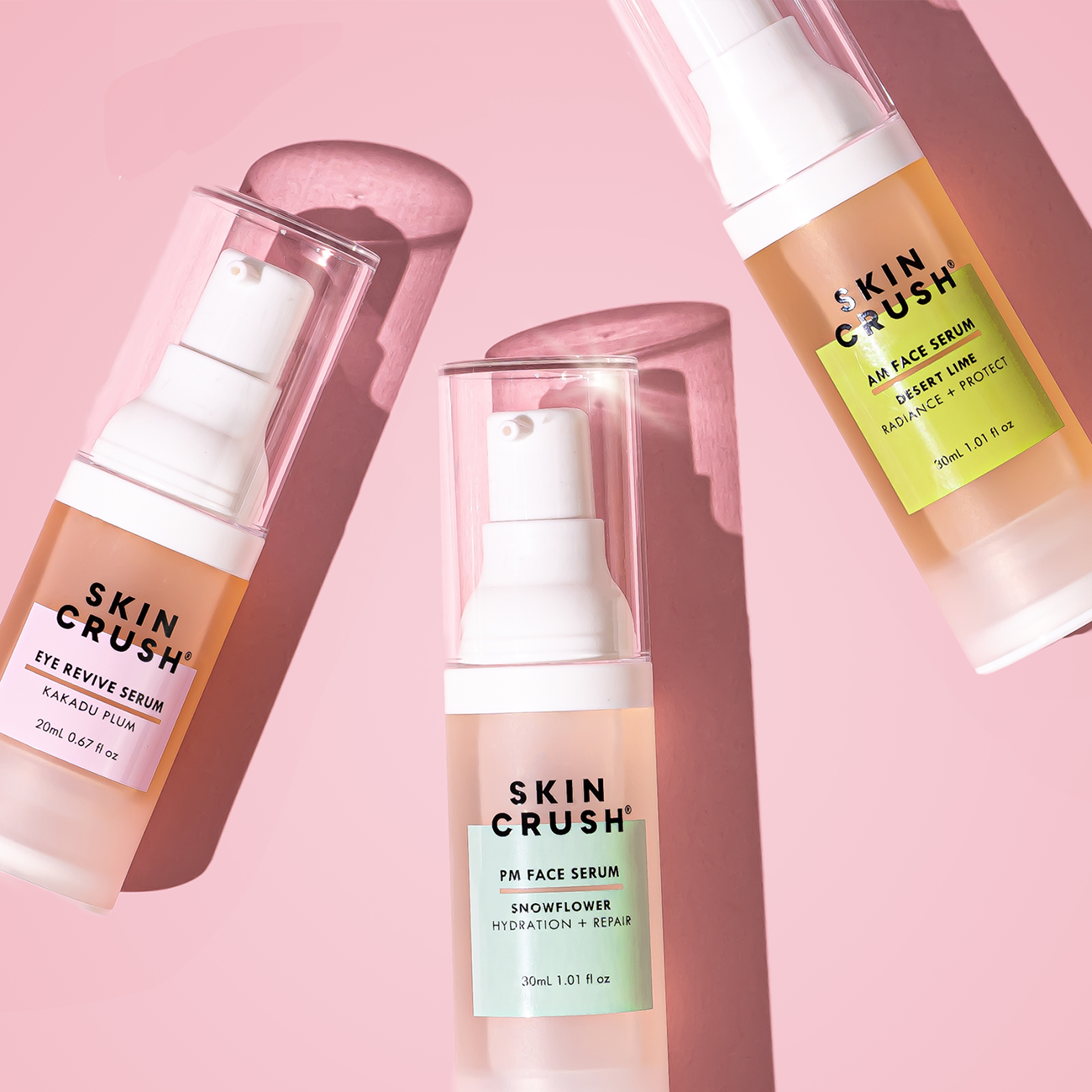Dry vs. Dehydrated Skin
It’s a common misconception that both dry skin and dehydrated skin are the same thing. Dry skin and dehydrated skin share many of the same characteristics, such as tightness, roughness, flaking, scaling, redness and sensitivity, but they are completely different skin concerns with different underlying causes and need to be treated differently.
Dry is a recognised skin type, whereas dehydration is a skin condition that can occur in all skin types, even oily skin can experience some dehydration. A lack of oil in the skin and a weak lipid barrier are common signs of dry skin. A lack of water in your skin are associated with dehydrated skin.
Being able to recognise the signs of both can enable you to care for your skin far better than ever before.
So, how can you tell the difference?
Dry Skin
If your skin is dry, the skin barrier is most likely impaired and moisture that would normally keep your skin soft and supple is escaping, allowing irritants to also get in. Dry skin is when a lack of oil present in the skin which will weaken the barrier, leading to a loss of moisture, increased trans epidermal water loss (TEWL), and a scaly, flakey appearance and feel on touch. The focus should be on replenishing your lost moisture and oil, as well as assisting cell turnover to gently shift dead, flakey skin. A strong barrier will protect your skin from environmental stressors such as pollution and UV sun damage.
Ingredients to use
Rich omega oils, Ceramides, Vitamin E and B, Hyaluronic Acid, Papaya-derived Papain enzyme exfoliators, cream and sheet masks lock in as an occlusive barrier for optimal hydration, richer creams, milky or oil based cleansers, Squalane.
Ingredients to avoid
Sulfates and soap-based cleansers, astringent toners, strong exfoliating acids, and abrasive scrubs.
Dehydrated Skin
Dehydrated skin means that you have a lack of water in the skin, it can be oily, combination, or normal skin that is lacking water from using harsh products that strip the skin of water. This leaves the skin feeling tight and looking dull, lacklustre and is starting to flake. You want to focus your routine on replenishing water reserves and then locking that hydration in. Adding hydrating ingredients to your routine will help to boosts circulation, bringing water from within to the surface of the skin.
Ingredients to use
Hyaluronic Acid, Panthenol, Niacinamide, Glycerin, Squalene, Lactic Acid, Omega-rich oils, and Vitamin A
Ingredients to avoid
Sulfates and soaps, astringents, foaming cleansers, clay mask (unless congested)




Leave a comment
This site is protected by hCaptcha and the hCaptcha Privacy Policy and Terms of Service apply.